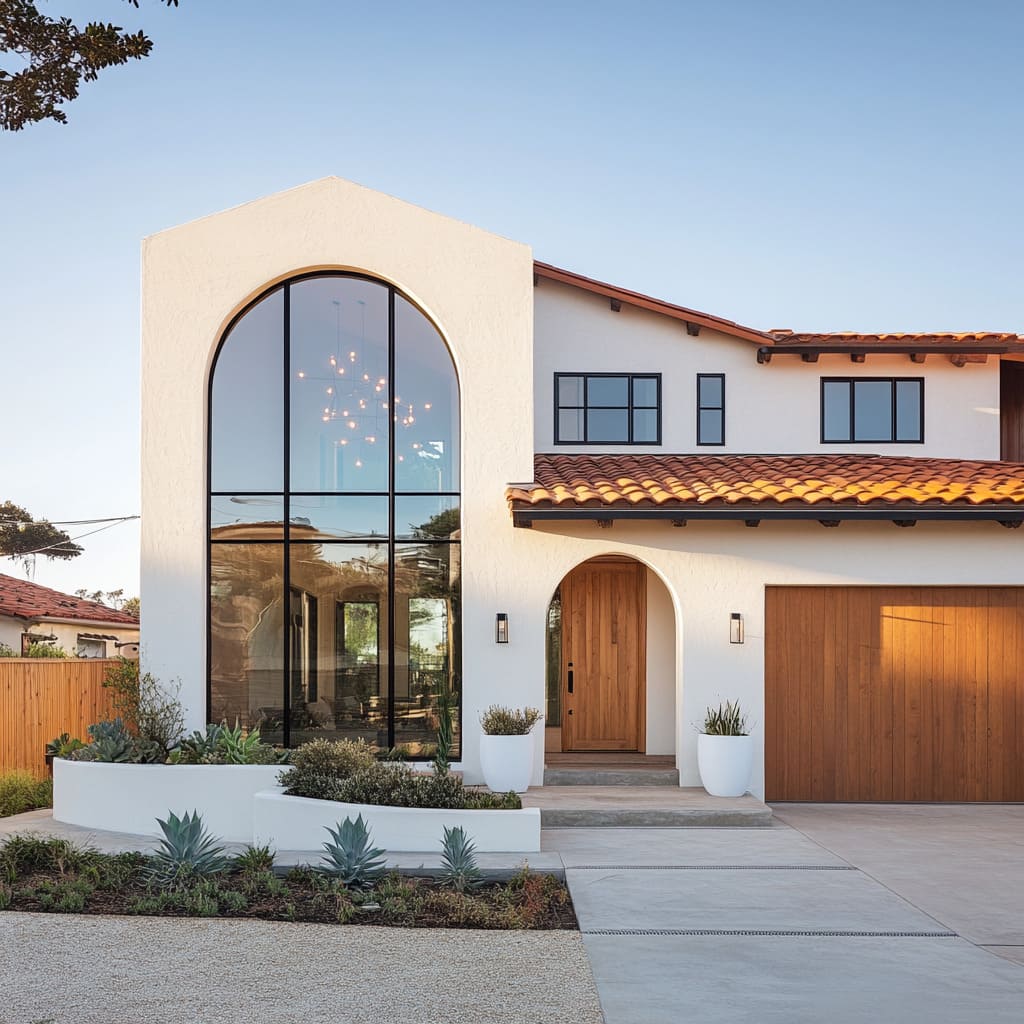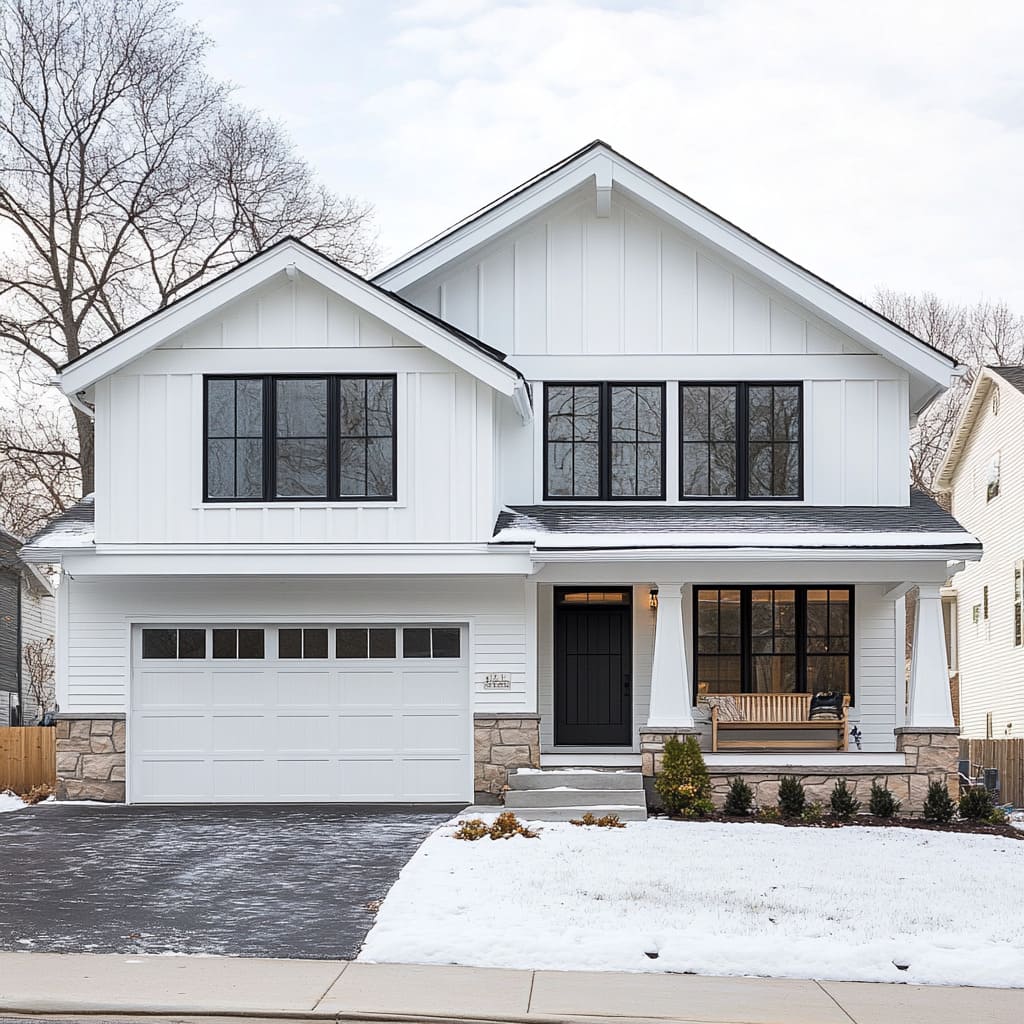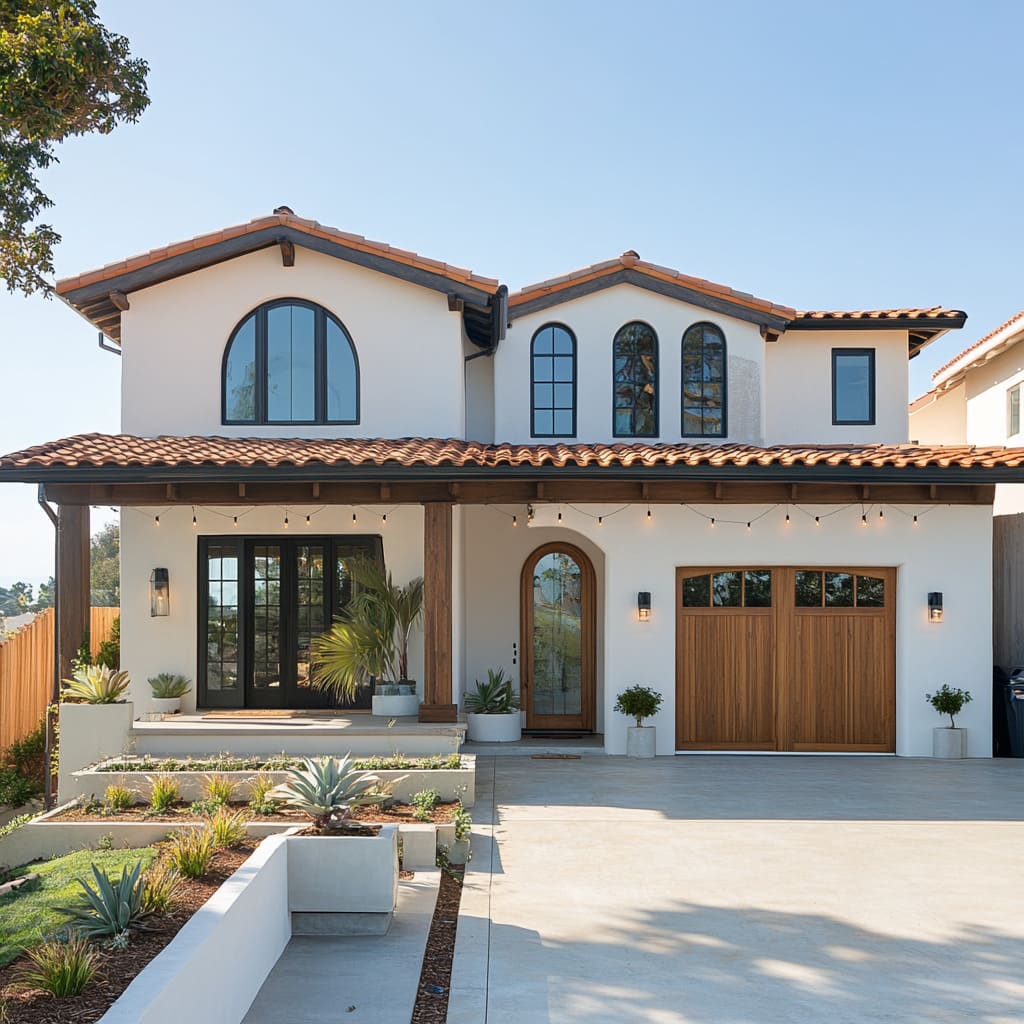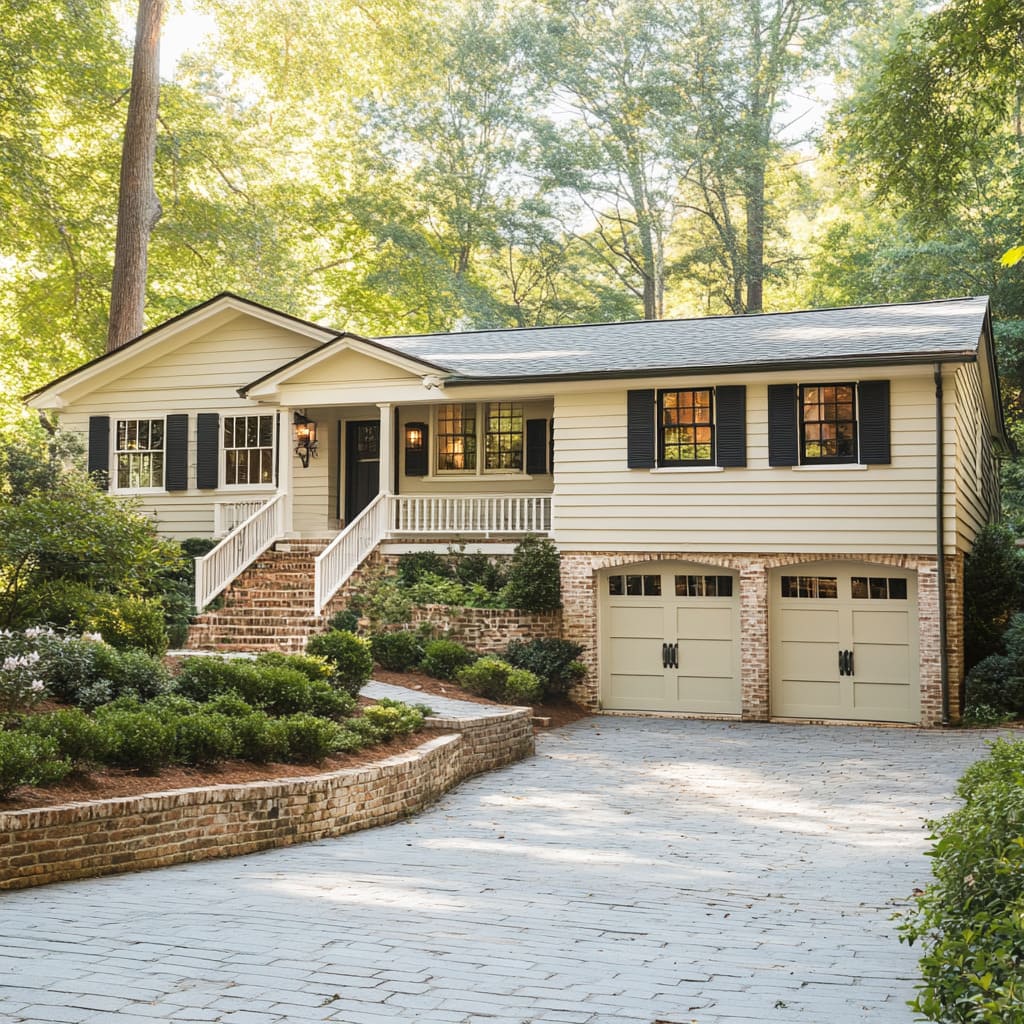Renovating a home involves a complex web of decision-making, strategic planning, and technical execution. It’s not merely about changing a room’s appearance or adding new features; it’s about ensuring that every change enhances the overall functionality, safety, and value of the home.
Whether it’s a small update or an extensive transformation, the expertise of a seasoned contractor is crucial for a successful outcome.
Clarifying the Vision
At the heart of any successful renovation is a clear and well-defined vision. This isn’t just about identifying preferences; it’s about transforming abstract ideas into actionable plans.
An experienced contractor plays an integral role in this phase by closely collaborating with the homeowner to extract their goals, tastes, and expectations. They use targeted questions to uncover underlying needs that the homeowner might not initially express, such as the necessity for increased storage, improved energy efficiency, or future-proofing the home for accessibility.
Contractors draw on their industry expertise to provide guidance that goes beyond aesthetics. They discuss practicalities such as material longevity, maintenance requirements, and structural considerations.
For example, choosing the right flooring for high-traffic areas or understanding the impact of natural light on color selections can significantly affect the outcome. According to an industry specialist from Six Brothers Contractors, “Certain materials, while aesthetically pleasing, might not perform well together due to differences in expansion rates, moisture resistance, or weight. For instance, mixing certain types of wood with metal without a thermal expansion buffer can cause warping over time.”
Additionally, contractors must understand how materials age over time. The specialist emphasizes, “Knowledge of how different materials age, like how certain stones might develop patina or discolor in specific climates, helps contractors make informed choices for durability.” This insight ensures that the choices made not only look good initially but also maintain their appeal and integrity for years. The vision-setting phase also includes discussing the budget and aligning expectations with financial realities.
Contractors provide realistic cost estimates and outline what can be achieved within those limits, offering options that fit both aesthetic desires and functional needs. This approach prevents future misunderstandings and ensures the homeowner is aware of potential limitations or compromises that might be necessary.
Detailed Planning and Design Development
Once the vision is clear, the project transitions into a more detailed planning phase. This is where the abstract ideas from the initial discussions begin to take concrete form:
- Design and Architectural Integration: Contractors frequently work alongside architects or interior designers to create comprehensive blueprints. These blueprints go beyond visual elements; they account for structural integrity, load-bearing walls, plumbing, and electrical pathways. An expert contractor ensures that the design not only looks appealing but also meets the building codes and safety regulations specific to the area. This attention to compliance is crucial, as failure to adhere to codes can lead to legal complications and costly alterations later.
- Budget Structuring: A seasoned contractor provides a detailed cost breakdown that includes every aspect of the project—materials, labor, permits, contingency funds, and specialty installations. By doing so, they create transparency, allowing homeowners to see exactly where their money is going and to adjust plans as needed. Contractors might suggest alternative materials or construction methods that achieve similar results at a lower cost, ensuring that quality isn’t compromised. For example, they may recommend engineered wood instead of hardwood in areas where moisture might be an issue, balancing both cost and durability.
Navigating Legal and Regulatory Requirements
Dealing with permits and building regulations is one of the more challenging aspects of home renovation, particularly in areas with strict building codes. Skilled contractors are well-versed in these legal frameworks and know precisely which permits are required for specific types of work, such as structural changes, electrical updates, or plumbing modifications.
By taking responsibility for this process, contractors streamline the renovation timeline, avoiding potential delays caused by improper filings or missed inspections. This proactive approach not only saves time but also reduces the risk of legal issues or fines that could arise from non-compliance.
Contractors also stay updated on changes in regulations, such as shifts in energy efficiency standards, and adjust the project plans accordingly to incorporate these elements, often leading to longer-term savings for the homeowner through rebates or reduced energy costs.
Overseeing Project Execution
A major benefit of hiring an experienced contractor is their ability to manage every aspect of the renovation, ensuring that the project runs smoothly from start to finish. This goes beyond simply coordinating workers; it involves detailed scheduling, resource management, and maintaining quality control across multiple trades:
- Coordination of Subcontractors: Larger renovation projects typically involve specialists like electricians, plumbers, HVAC technicians, and carpenters. Contractors manage these subcontractors’ schedules to ensure each phase is completed in sequence without delays. For example, electricians must complete rough-ins before walls are closed up, and plumbers need to work alongside carpenters to ensure that everything fits properly within the framing.
- Quality Assurance: Monitoring quality is crucial to the success of a renovation project. Experienced contractors conduct regular site visits and inspections, ensuring that the work meets professional standards and matches the project’s specifications. They identify potential issues early, such as improper installations or material defects, and resolve them before they escalate into larger, more costly problems. This proactive approach ensures that the project not only meets visual expectations but also achieves the necessary structural integrity and durability.
Maintaining Open Communication
Transparent and regular communication between the contractor and the homeowner is essential to the project’s success. It keeps the homeowner informed and provides a platform to address concerns or adjust plans as the project evolves.
A professional contractor schedules regular updates, either through site meetings or digital reports, which include photos, timelines, and summaries of completed and upcoming work. This continuous flow of information allows the homeowner to make informed decisions if unexpected issues arise, such as structural challenges that may require a shift in design or additional budgeting.
By involving the homeowner in these decisions, the contractor ensures that the project stays aligned with the homeowner’s vision while also adapting to any changes that may be needed to stay on schedule.
Final Inspection and Project Wrap-Up
Upon completion, a comprehensive walk-through is conducted with the homeowner. This step is vital to verify that every element of the project meets the agreed-upon standards.
Contractors pay attention to details, checking everything from the alignment of cabinetry and the finish of paintwork to the functionality of new installations like lighting and plumbing fixtures. Any imperfections or minor issues are addressed promptly, ensuring the final result is polished and meets professional standards.
For reputable contractors, the relationship with the homeowner doesn’t end when the last tool leaves the site. Many offer follow-up services or warranties, guaranteeing that any issues that arise post-completion are handled swiftly.
This ongoing support reflects the contractor’s commitment to quality and ensures that the homeowner is satisfied long after the renovation is complete.
Conclusion
A contractor’s role in a renovation extends far beyond managing the labor. It encompasses every aspect of planning, executing, and finalizing the project, ensuring that the homeowner’s vision is realized safely, efficiently, and within budget.
Expert approach ensures the best outcomes, translating homeowner ideas into lasting, quality renovations. By leveraging years of expertise and a deep understanding of materials, construction methods, and regulatory requirements, contractors provide value that goes beyond mere aesthetics—delivering homes that are both beautiful and structurally sound.












